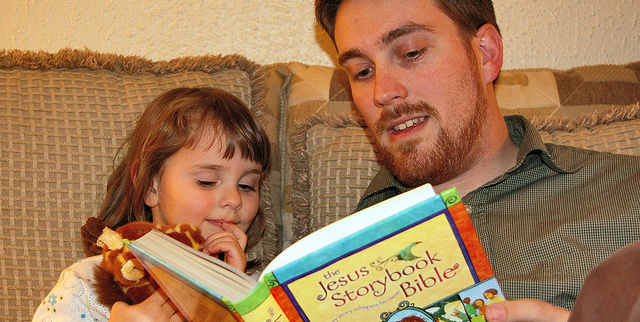Elizabeth Eaton Elected ELCA Presiding Bishop
We were surprised to learn that Presiding Bishop Mark Hanson lost his bid for re-election as the ELCA’s presiding bishop in August. We are accustomed to nothing changing in the world of church leadership.
The new presiding bishop, beginning in October, is Elizabeth Eaton, a bishop from Northeastern Ohio.
Her election on the fifth ballot defeated Hanson 445-287.
We hope her election brings our church into some serious course correction.
The ELCA lost about 10% of its churches under the leadership of Bishop Hanson, who seemed to be happy fiddling and globe-hopping while his Rome burned.
Our congregation has been very frustrated with the national church. We had written to Bishop Hanson every month for nearly a year in 2008 and received only one fluffy response that was knee-jerk support of clergy over laity. We also wrote the national legal offices. Several letters were ignored before at last someone wrote saying they feel no obligation to get involved. (Who exactly is paying for their existence?).
The governance of the ELCA is seriously flawed. It puts the full power for settlement of disputes on the Synod Assembly—an unwieldy group of people who have no real ability or time to wade through issues with individual congregations and no real credentials for making legal decisions. Delegates are not vetted for their knowledge issues or church law. A third of the delegates rely on their relationship with the bishop for their next call. Their fear is well-based. SEPA Synod Council, under Bishop Burkat’s leadership, asked for a pastor to be censored because he wrote about our issues. Heaven forbid anyone in the church speak up!
If the Synod Assembly is not doing its job or not following the rules there is no place for congregations to turn. This has resulted in a sort of Wild West here in the Northeast and in a few other synods as well. Bishops and synods can do pretty much as they please. There is no law or church power that can stop them.
- A congregation in New Jersey was raided in the middle of night by its synod (Slovak Zion). They used their relationship with one member to gain entry.
- The leaders of a church in Massachusetts were lured to the bishop’s office for a meeting while the bishop was having the locks changed on their church building. The bishop had the forethought to alert the sheriff’s office that they might get a complaint but shouldn’t be concerned.
- Our bishop asked to meet with our congregation and had a locksmith hiding behind the church ready to pounce. No one has ever explained what was expected to happen that day.
- Should a congregation and its pastor resist a synod’s attempts to take church property, you can expect the pastor to be lured to a new, cushier assignment with no replacement leadership offered. We can cite three instances of this tactic being employed.
The battlefield for Redeemer’s dispute was not the negotiation or the reconciliation table. It was the courtroom with individual church members as the target. The decision of the courts was that they have no jurisdiction in church matters. A strong dissenting opinion stated that if the law were applied, our congregation’s claims deserved to be heard. That, in itself, should alarm church leadership—including national leadership. Congregations cannot rely on their own governing rules being followed or upheld by secular courts. It’s up to them to make sure their own rules are followed!
As it is, the courts have no jurisdiction. The national church has no interest. There is no system of accountability. There is no incentive to honor the constitutions of the national church, regional church or even the local churches. The constitutions don’t matter anymore! If Synod Assemblies realize they made a mistake there is no place for them to turn. The Wild West of religion.
We hope and pray that Presiding Bishop Eaton will be more than a figurehead and actively work to protect the congregations under her shepherding care. We need a new sheriff in Dodge. A good shepherd will do.





